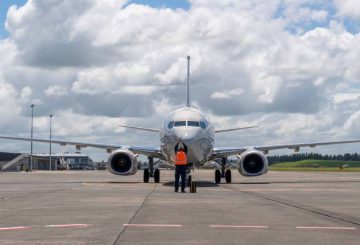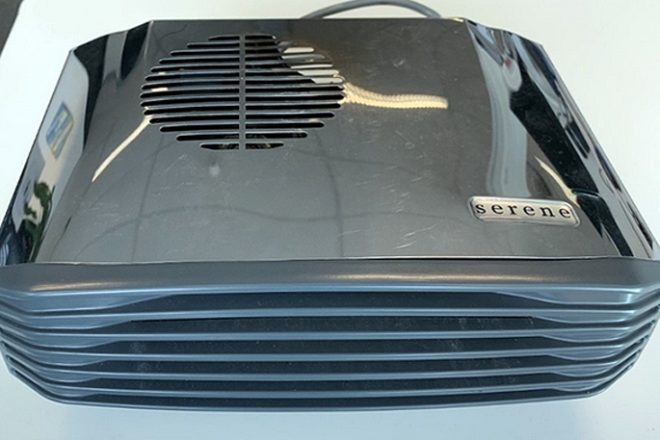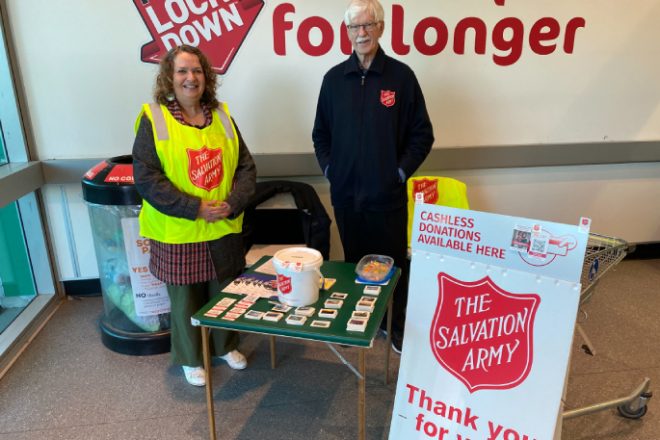Diễn đàn Bao bì, đã thực hiện kế hoạch tái chế nhựa mềm từ năm 2015, sẽ thử nghiệm một bộ sưu tập nhựa mềm bên lề đường ở Nelson, New Zealand. Hiện tại, khoảng 1,5 tấn nhựa mềm được thu gom mỗi tháng ở Nelson và tái chế thành cột hàng rào. Chương trình được đưa ra lần đầu tiên vào năm 2015, tạm dừng vào năm 2018 và được giới thiệu lại vào năm 2019 với sự hợp tác của Future Post. Năm ngoái, hơn 700 tấn nhựa mềm đã được thu gom trên toàn quốc và mục tiêu là thu thập 12.000 tấn trong năm nay để đáp ứng nhu cầu của ba nhà máy chế biến của New Zealand.
Diễn đàn Bao bì đang có kế hoạch tăng tỷ lệ tái chế nhựa mềm, hiện đang ở mức 8%. Để làm cho quá trình tái chế thuận tiện hơn cho người tiêu dùng, diễn đàn đề xuất một thử nghiệm trong đó các hộ gia đình có thể chọn lấy nhựa mềm của họ từ lề đường hai tuần một lần. Phương pháp này có khả năng tăng thu gom thêm một tấn mỗi tháng nếu 1000 hộ gia đình tham gia.
Thử nghiệm, sẽ được tài trợ bởi ngành công nghiệp, đã được Hội đồng Thành phố Nelson phê duyệt và dự kiến sẽ bắt đầu vào nửa cuối năm nay. Hội đồng cũng nhấn mạnh tầm quan trọng của việc không trộn nhựa mềm với các chất tái chế khác trong các thùng trên cùng màu vàng, vì chúng không thể được xử lý tại các cơ sở của hội đồng. Các điểm trả nhựa mềm tại các siêu thị và các cửa hàng khác sẽ tiếp tục hoạt động.
























































